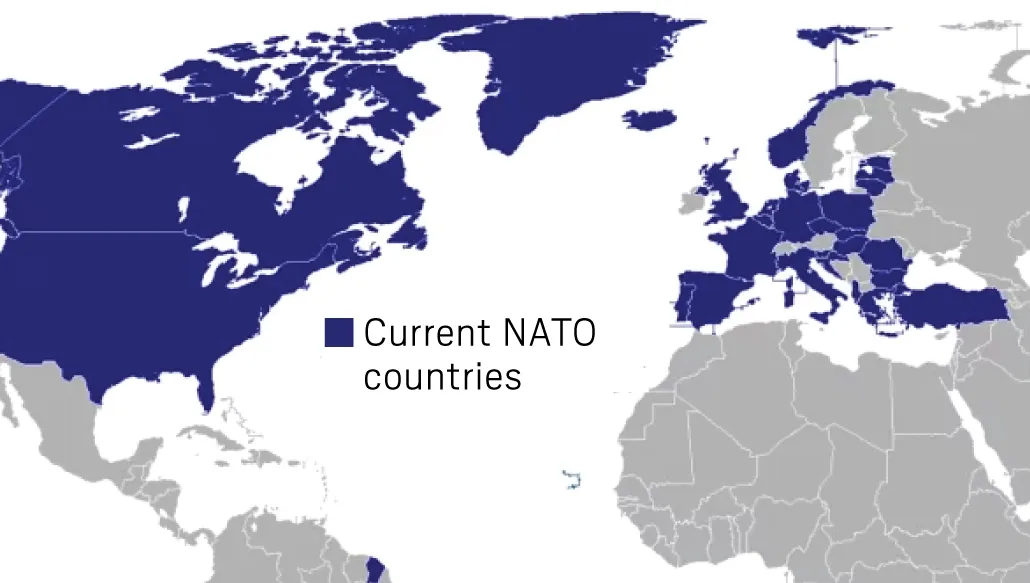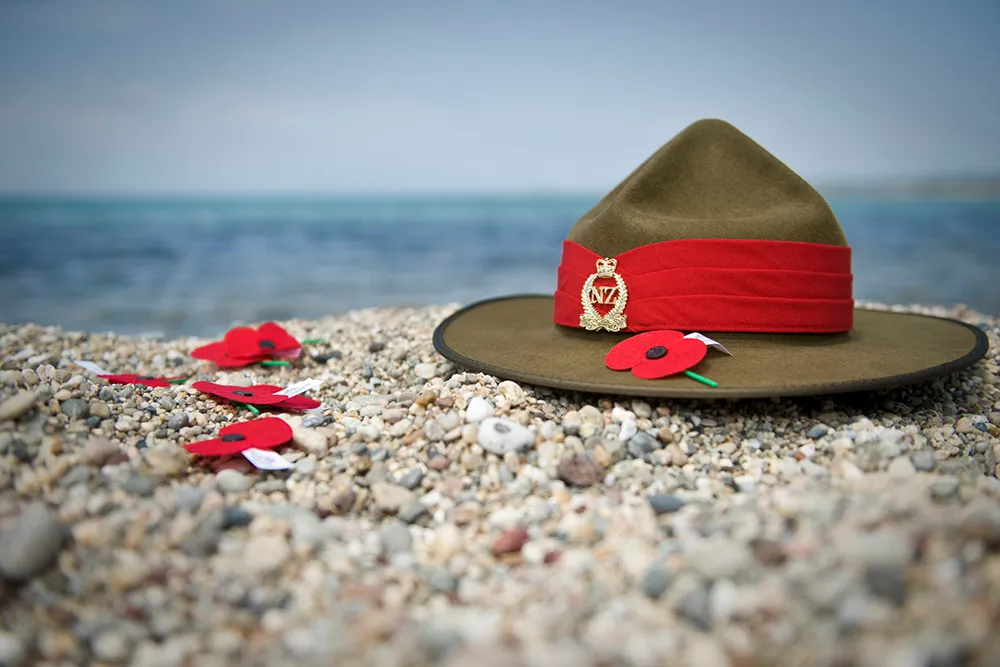BICOM
BICOM provides accurate, timely and balanced information that is read by officials, experts, journalists and many others.
Gaza Strip: Head of the IDF Southern Command Maj. Gen. Yaron Finkelman said Tuesday was the “most intense day of fighting so far in the ground manoeuvre in terms of the number of terrorists killed, the number of firefights and in the use of ground and air fire.”
- The IDF is engaged in fighting three Hamas strongholds simultaneously, in Jabalya and Shajaiya in the north and in the “heart” of Khan Yunis in the south.
- Speaking yesterday Prime Minister Netanyahu assessed, “so far, we’ve killed roughly half of Hamas’s battalion commanders. We’re setting accounts with everyone who murdered, raped and slaughtered our people. The ground shook in Khan Yunis and Jabalya. We are winning every battle, but that has a painful price.”
- Yesterday seven IDF soldiers were killed in combat, with the IDF announcing two more fatalities this morning.
- As part of the fighting, dozens of Hamas combatants were killed and infrastructure substantially damaged.
- The fighting has included troops entering buildings on foot, going house to house and engaging in combat in close quarters.
Home front: Despite the intense fighting, Hamas continues to launch rocket attacks against Israeli communities.
- Hamas fired two barrages of rockets at Israel on Tuesday, one at central Israel and the other at southern Israel. One of the rockets directly hit an apartment building in Ashkelon. Two elderly women sustained light injuries from shrapnel in that attack.
- At least 15 rockets were fired towards central Israel, with at least three rocket landing in the Tel Aviv area, including inside a school that was empty at the time. Footage showed a rocket landing very close to two youths on a street in Tel Aviv.
- Separately, the war cabinet ministers met with representatives of the hostage’s families and heard testimonies from some of the released hostages (more details below in the Israeli media summary).
- Facing harsh criticism Netanyahu said afterwards, “I fully share the deep concerns of the families whose loved ones are still being held in Gaza. I understand the uncertainty. I understand the intolerable difficulty. I told the families that we aren’t sparing any effort to get their loved ones back. Getting all of our hostages back home is one of the three supreme objectives that were set in the war, and those objectives serve one another.”
Lebanon: Hezbollah continues to fire rockets, mortars and anti-tank missiles towards northern Israel.
- In one barrage, around 20 rockets were fired towards Kiryat Shmona and Bet Hillel.
- In response, the IDF returned fired at the source and struck various Hezbollah positions.
- In an unusual statement, the IDF said it “regretted an incident” in which the Lebanese army suffered casualties. The IDF explained they had “acted in self-defence against a threat that was detected in a well-known launching ground and Hezbollah observation post.” It added that the incident was under review.
Context: On the 60th day of the war Israel is simultaneously engaged in fighting in three critical areas within the Gaza Strip, both in the north and the south.
- The intensity of the fighting attests to their tactical ability and resoluteness, although it could still take weeks to subdue Hamas. There is ongoing concern that the diplomatic timeline may cut the fighting short.
- Israel has continued to call for civilian evacuations, to avoid civilian casualties. So far it is estimated about one third of the population has left Khan Yunis through a prescribed humanitarian corridor.
- In addition COGAT released a photo of the convoy of aids trucks queuing to enter Gaza, claiming the holdup was due to the UN.
- Despite hostage family calls to do a deal even at the price of releasing arch terrorists from Israeli prisons, a deal of that nature does not appear on the agenda. Instead the IDF believes that the fighting serves the goal of increasing the pressure on Hamas to free the hostages.
- Khan Yunis is now considered the most fortified concentration of Hamas’s miliary forces, including four of its 24 battalions. It could also be the current location of the senior Hamas leadership, though tunnels are thought to extend from Khan Yunis to Rafah. It could also be the location of the hostages, making the military operation even more complicated.
- The latest assessment from IDF Southern Command estimates that overall 6,000 Hamas fighters have been killed and several thousand more have been wounded.
- 84 IDF soldiers have been killed in the ground operation, many of them as a result of anti-tank missiles fired at very close range. Hamas fighters have been able to emerge from tunnels, attack and then disappear underground.
- Earlier in the week, the IDF said they uncovered over 800 tunnel shafts and destroyed 500 in northern Gaza. However, with hundred of kilometres of tunnel this could represent only a small fraction of the network.
- According to the Wall Street Journal, US officials saying that Israel is considering pumping seawater into the tunnels, in an effort to destroy the network and force concealed Hamas fighters to the surface.
Looking ahead: As part of the US administration’s close coordination with Israel, National Security Adviser Jake Sullivan is expected to soon visit Israel. He will be particularly keen to discuss Israel’s future plan for Gaza.
- Beyond the advances so far, the final area that Israel will need to target will be the southern most city of Rafah. This is the main route of the smuggling tunnels that are used to import weapons. This will be crucial to ensure Hamas are not able to rearm in the future.
- Netanyahu also related to ‘the day after’, saying “Israel would have to guarantee that the Gaza Strip was demilitarised. Only one force can guarantee the Gaza Strip’s demilitarisation: the IDF. No international force can be responsible for that. I won’t shut my eyes and I won’t accept any other arrangement.”
BICOM Background Briefing: Operation Swords of Iron
BICOM published a comprehensive background briefing on Operation Swords of Iron, including background on Hamas, Israeli policy on Gaza, and Israel’s obligations under international law. Read the full briefing here.
PODCAST
Episode 222 | The Arab-Israeli experience since October 7th
In this episode, Jack Omer-Jackaman speaks to Mohammad Darawshe, a leading expert on Jewish-Arab relations. He spoke of the heroic sacrifice made by his cousin Awad on October 7th. They also discuss the high level of national Israeli identification amongst Arab-Israelis since the Hamas massacre, and the future prospects for coexistence. Darawshe is Director of Planning, Equality and Shared Society at Givat Haviva Educational Centre, and a fellow at the Shalom Hartman Institute. He previously served as a city council member in his hometown Iksal and served as a member of The National Committee which drafted Israel’s Coexistence Education policy. He was previously Co-Director of The Abraham Fund Initiatives.
Listen on Apple Podcasts, Spotify and Google Podcasts
NEW ARTICLE
Comparing the Hamas Pogrom of 7 October to the Holocaust is a misuse of Holocaust Remembrance say Omer Bartov, Raz Segal, Christopher Browning et al. This is why they are wrong.
Top stories from the UK and Israeli media
The Mirror, The Independent, Sky News, The Guardian, and The BBC report that a British teenager, 19-year-old Binyamin Needham was killed while fighting for Israel as an IDF soldier. Needham made Aliyah with his family when he was 8 years old. He had reportedly only been in the Gaza Strip for two days when he was killed. He was from Edgware in North London.
Sky News, The Telegraph, The Guardian and Reuters all report that Israeli authorities are investigating claims some investors may have known in advance about the Hamas plan to attack Israel on 7 October and used that information to make hundreds of millions of pounds. Research by US law professors Robert Jackson Jr and Joshua Mitts, from New York University and Columbia University respectively, found significant short selling of shares leading up to the massacre, which triggered a war that has raged for nearly two months.
The BBC reports evidence of rape, sexual violence and mutilation of women during the 7 October Hamas attacks. Several people involved in collecting and identifying the bodies of those killed in the attack told The BBC they had seen multiple signs of sexual assault, including broken pelvises, bruises, cuts and tears, and that the victims ranged from children and teenagers to pensioners. Video testimony of an eyewitness at the Nova music festival, shown to journalists by Israeli police, detailed the gang rape, mutilation and execution of one victim. The Guardian also reports on the UN hearing accounts of sexual violence on October 7th.
The Guardian reports that recently released hostages and relatives of Israelis still held by Hamas in Gaza have confronted Benjamin Netanyahu at an angry meeting in which some of those present reportedly called on the Israeli prime minister to resign. The meeting on Tuesday was addressed by relatives of those still in captivity and by recently returned hostages, some of whom reportedly described mental and physical abuse at the hands of their captors.
Sky News reports that a five-year-old Israeli girl has returned to nursery for the first time since being released from Hamas captivity. Emilia Aloni and her mother Daniel were taken hostage by Hamas in Nir Oz on 7 October while visiting Emilia’s aunt, Sharon Aloni-Cunio. The three family members, in addition to Sharon’s three-year-old twins Emma and Yuli and their father David Cunio – were released in the brief ceasefire at the end of November.
Sky News says that the effect Israel’s war in Gaza is having on civilians is ‘brutal to see’ as Israel said its troops have entered Gaza’s second-largest city, Khan Younis.
Sky News also reports that Israel could pump thousands of gallons of seawater into the labyrinthine network of tunnels underneath Gaza in a bid to flush out Hamas fighters, a military expert says. The potential to flood the tunnels, which the Wall Street Journal (WSJ) reports the Israeli military is considering, would be a significant move and would come with steep risks.
The Financial Timesreports that Israel has expended vast amounts of ammunition in its war against Hamas in Gaza. The modern western weaponry used, from satellite-guided “bunker busting” bombs to pinpoint-accurate laser-guided missiles, have eroded Hamas’s military capabilities and, according to the Israel Defense Forces, killed more than 5,000 of the group’s estimated 30,000 fighters.
The Guardian, The Financial Times and Reuters all report that the US on Tuesday began imposing visa bans on people involved in violence in the West Bank, after several appeals for Israel to do more prevent violence by Jewish settlers. A new State Department visa restriction policy targets “individuals believed to have been involved in undermining peace, security, or stability in the West Bank, including through committing acts of violence or taking other actions that unduly restrict civilians’ access to essential services and basic necessities,” Secretary of State Antony Blinken said in a statement. The BBC also reports on Settler violence.
The BBC has updated its article detailing definitions and explanations of what is happening in Israel and in Gaza.
The Guardian reports that Vladimir Putin will travel to the United Arab Emirates and Saudi Arabia on Wednesday on a rare overseas trip to discuss the Israel-Hamas war as Moscow seeks to reassert Russia’s role in the Middle East. With the prospect of another ceasefire in Gaza receding, the Russian president is making only his fifth trip abroad since the international criminal court issued an arrest warrant for him in March that accused him of responsibility for the deportation of Ukrainian children to Russia.
The Times reports that Hamas’s battle plans for its attack on Israel on October 7 show that the terrorists were more ambitious than realised, according to evidence gathered by the Israeli military and disclosed on Monday. Instructions and maps found on Hamas fighters killed in the attacks and in later raids in Gaza suggest that military bases deep inside Israel were among the targets. The plans, some found on laptop computers taken from terrorists’ vehicles and others in notebooks and phones, give instructions to individual units. There are also booklets about weaponry including how to strike weak spots on Israeli tanks and armoured vehicles.
The Telegraph reports that the immigration minister Robert Jenrick challenged BBC presenter Mishal Husain on BBC’s Radio 4 over her line of questioning as he says Hamas must be eradicated.
Maariv covers the meeting yesterday between the members of Israel’s war cabinet and representatives from the hostage families. Also in attendance were several former hostages released in the recent exchanges, one of whom reportedly said: “the hostages are suffering a Holocaust that includes severe sexual abuse. Men are raped there, too, not just women.” The meeting was “stormy”, says the paper, with a family member telling the cabinet members “you have no idea what’s going on in Gaza. You’re killing our children.” “Bombs from a plane exploded above us,” said a released hostage. “The Hamasniks carried on sleeping. They don’t care about your bombing raids.”
Another former hostage said: “I neither slept nor ate. I was in a lot of different places, and every second I expected to be blown up. A Hamasnik who could have been my grandson stood in front of me and threatened me in every possible way. We were sitting down, and suddenly a cupboard fell on top of us from the blast. They would touch the girls, and everyone knew about it. We developed the habit of never going anywhere without someone to protect us. Medicines ran out, we had the wrong medicines. They told us there was no Israel [any more]. We believed that Israel had abandoned us, that’s what they led us to believe. I suffered there minute by minute. I thought I was about to die, and was already saying, ‘Just shoot me.’”
It was at this point that Prime Minister Netanyahu said: “I have too much respect for you. The price Hamas wants isn’t prisoners, it’s the State of Israel. If the option of bringing everyone back at a single stroke were to evolve, do you think there’s anyone here who wouldn’t agree to it? Of course they would, and how!” Some family members complained about the approach the government took to the meeting. “The meeting was a model of how the state is run,” said one. “We were invited for three o’clock. They came up only at a quarter to four. They left us to become irritated and squabble among ourselves. I left in the middle. This is unacceptable.” “They say, ‘We’ve done this, we’ve done that.’ But they weren’t the ones who did anything. It’s infuriating,” said another family member, referring to the meeting as “insulting.” He added, “I got up and told the defence minister, ‘You’re insulting our intelligence with your answers,’ and went outside. The testimonies were appalling, to the point of tears.”
Kan Radio reports that some of the hostage families have argued that the government should change its approach and stop the fighting in Gaza in an effort to secure the release of the remaining captives.
Yediot Ahronot’s Nadav Eyal, a consistent champion of the hostage issue, writes “It wasn’t just the personal accounts and the sense shared by some of the families that the war cabinet still doesn’t fully understand just how dire the hostages’ situation is. It was also the conflict among them [the families], which almost came to blows over the demand for an immediate and huge deal; and over which hostages’ release should be prioritised, or what has come to be referred to as the ‘categories.’” Defending the government in the sense that no “all for all” deal for a hostage exchange has been suggested by Hamas Eyal nonetheless writes that “the problem is that Israel hasn’t been operating efficiently and effectively on the diplomatic and public plane to secure the hostages’ release. For example, the hostages are being subjected to torture. That is the legal definition of physical attacks, starvation, humiliation, withholding medicine, denying medical treatment, psychological warfare and all of the other horrors that Hamas has been perpetrating against our brothers and sisters in Gaza. That message—that the hostages are being tortured—which has been reinforced by first-person accounts by people who were freed from captivity, still hasn’t been properly delivered yet. It hasn’t been sufficiently stressed. Why is it important? It is important for enlisting international support and to try to force Hamas to prove otherwise.”
Ynet details yesterday’s 15-rocket barrage from Gaza on central Israel. The attacks came only two days after the Home Front Command lifted restrictions on the Gush Dan area, with schools returning to normal. A 40-year-old man was slightly injured in Tel Aviv, where shrapnel caused damage to a city school classroom, a main street in the city, and also in the Tel Baruch beach area. Multiple rockets were launched towards the southern city of Ashkelon, where two women in their 60s were slightly injured by shrapnel.
Haaretz reports the Biden Administration’s decision to impose US visa bans on Israeli settlers who have engaged in violence against West Bank Palestinians. It is, says the paper, “the most punitive measure undertaken by the US toward Israel in decades.” US Secretary of State Anthony Blinken said “We have underscored to the Israeli government the need to do more to hold accountable extremist settlers who have committed violent attacks against Palestinians in the West Bank. As President Biden has repeatedly said, those attacks are unacceptable.”
Recommended Reading Why MBS wants peace with Israel, David Rundell, Unherd “The 1945 meeting between American President Franklin Roosevelt and Saudi Arabia’s King Abdulaziz, which laid the foundation for their nations’ enduring relationship, is often portrayed as an exchange of oil for security cooperation. But in reality, oil was hardly discussed. The conversation aboard the USS Quincy, afloat in the Suez Canal, focused on Palestine.” Read more
Why is It So Difficult for Israel to Decipher Hamas?, Michael Milshtein, Jerusalem Strategic Tribune“As they were marching towards Jerusalem, the knights of the First Crusade lay siege to the city of Antioch in southern Anatolia from October 1097 to June 1098. They were approached there by envoys of the Fatimid dynasty ruling Egypt, who offered the Crusaders a plan to cooperate against the Seljuk state then in possession of Jerusalem, a plan to divide between them territory to be conquered from the Seljuks.” Read more
Israel must present a ‘day after’ plan – editorial, The Jerusalem Post“Israel should take the initiative and present a vision and a detailed plan. It is never enough to say what you are against; it is equally important to say what you are for. This is especially true if Israel wants to maintain strong US support going forward.” Read more









